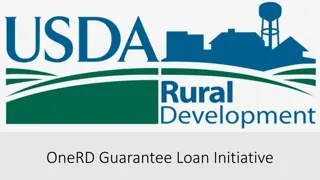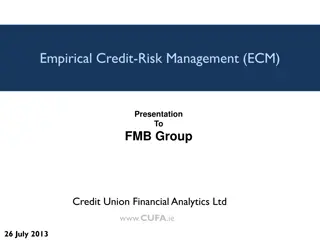Loan Types and the 5 Cs of Credit
The importance of loan types, liquidation costs, and lender margins in financial agreements. Discover the crucial factors of trust, transparency, and history that make up the 5 Cs of credit evaluation.
Download Presentation

Please find below an Image/Link to download the presentation.
The content on the website is provided AS IS for your information and personal use only. It may not be sold, licensed, or shared on other websites without obtaining consent from the author.If you encounter any issues during the download, it is possible that the publisher has removed the file from their server.
You are allowed to download the files provided on this website for personal or commercial use, subject to the condition that they are used lawfully. All files are the property of their respective owners.
The content on the website is provided AS IS for your information and personal use only. It may not be sold, licensed, or shared on other websites without obtaining consent from the author.
E N D
Presentation Transcript
It depends upon the type of loan. Liquidation is expensive. Lender needs a margin.
The most important of the 5 Cs, it includes: Trust Transparency History























